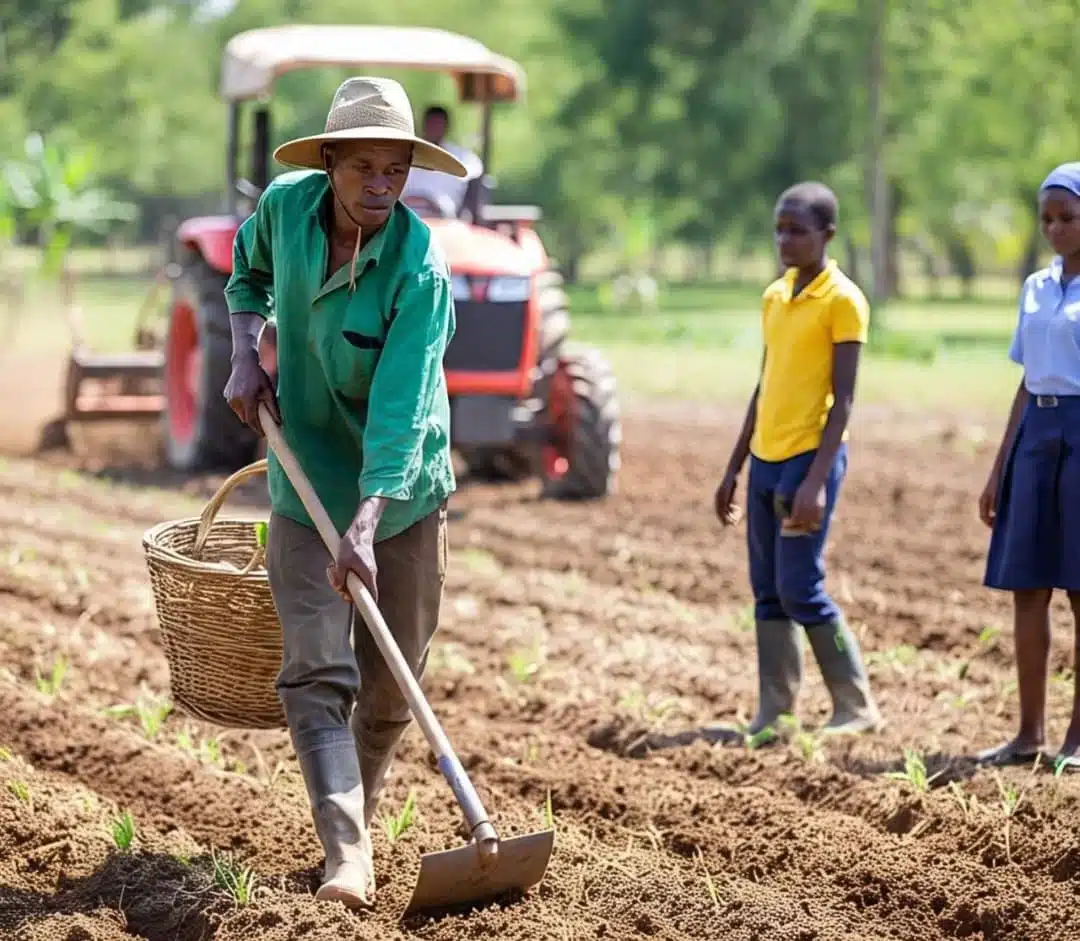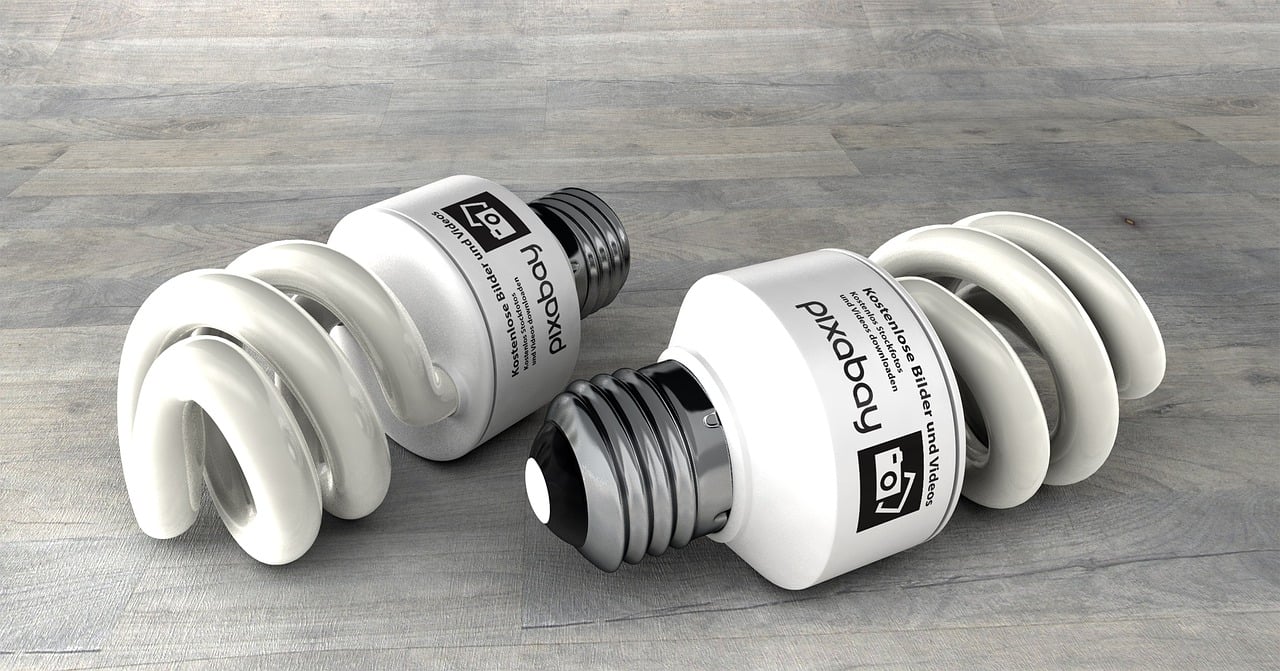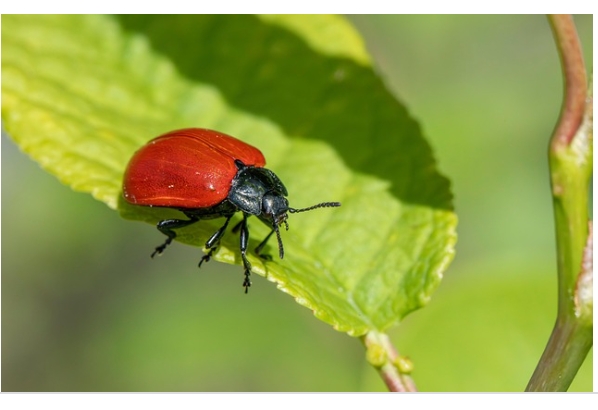When I was five, I thought work was something only grownups did as in then, I never knew the meaning of work. So I thought those tired, serious people who always looked like they had somewhere to be are the people that work. But one rainy morning in our small family compound in Akure, my perception changed. My mother, balancing a basin of wet clothes, turned to me and said, “Emily, come help me spread these clothes. That’s work too.”
That moment stuck with me.
Because work isn’t just what we do — it’s how we show love, contribute, and grow. As a teacher now, I see this spark ignite in little ones every time we introduce the concept of work in Primary 1. It’s not just about jobs or money. It’s about responsibility, community, and the silent pride that comes with doing something useful.
Today’s lesson is the seed of that understanding. Through stories, pictures, and classroom fun, we’re not just teaching “What is Work?” — we’re shaping a lifelong attitude of contribution.
Lesson Title: What Is Work?
Subject: Vocational Aptitude
Class: Primary 1
Term: First Term
Week: 1
Age: 5–6 years
Theme: Introduction to Work
Duration: 40 minutes
1. Behavioral Objectives
By the end of this lesson, pupils should be able to:
-
Say what “work” means in their own words.
-
Mention at least three people who do different kinds of work.
-
Talk about why people work every day.
2. Key Terms What is the meaning of Work?
-
Work – Doing something useful at home, school, or outside.
-
Job – A kind of work someone does regularly, sometimes for money.
-
Tools – Items used to help do work.
-
Worker – A person who is doing a job.
3. Warm-Up / Set Induction
Teacher (smiling): “Good morning, Superstars! Who has helped mummy or daddy do something at home this week?”
Jide: “I helped my mummy grind pepper — but she shouted because I spilled it!”
Adaora: “I helped my brother carry his books. He didn’t even say thank you.”
Teacher: “That’s lovely! Whether someone says thank you or not, helping out is part of work! Let’s talk more about it today.”
4. Entry Behaviour
Pupils are familiar with seeing parents, guardians, or neighbors doing everyday activities like cooking, cleaning, selling, or fixing things.
5. Materials Needed for the Lesson
-
Picture charts of workers (farmer, nurse, teacher, tailor, cleaner)
-
Real tools: broom, chalk, ruler
-
Flashcards with job names
-
Story of “Mama Ekaette the Market Woman”
6. Background Knowledge
Children live in communities where they regularly see people doing different kinds of work. The teacher will build on these familiar images to introduce the idea of “work” as something meaningful.
7. Embedded Core Skills
-
Communication
-
Critical Thinking
-
Observation
-
Cooperation
-
Listening and Speaking
8. Main Content
What Does “Work” Mean?
Work is when we do something useful — like sweeping, teaching, cooking, fixing, or even learning in school.
Even children can “work” by helping out at home or doing schoolwork seriously.
Different People, Different Jobs
-
A teacher helps children learn.
-
A farmer grows food for the family and market.
-
A tailor sews clothes so we can look neat.
-
A cleaner keeps places tidy.
-
A doctor makes sick people feel better.
Why Do People Work?
-
To make money.
-
To take care of their family.
-
To help others and make the world better.
Common Tools People Use
-
Chalk or marker for teachers
-
Broom for cleaners
-
Hoe for farmers
-
Needle and thread for tailors
-
Stethoscope for doctors
9. Mama Ekaette the Market Woman
Mama Ekaette wakes up early each morning, sweeps her compound, cooks food, and gets ready for her work at the market. She sells vegetables and sometimes gives extra pepper to people who smile nicely!
When her children ask, “Mummy, why do you always go to the market?” She smiles and says, “Because I love to take care of you. That’s why I work.”
10. Let’s Talk – Class Discussion
Teacher: “Now tell me, what work does your daddy or mummy do?”
-
Ibrahim: “My daddy drives a keke and brings us sweet bread sometimes!”
-
Teacher: “Wow! He’s doing important work!”
-
Blessing: “My mummy is a nurse. She wears white and helps sick people.”
-
Teacher: “That’s a hero’s work right there!”
Now let’s play a quick game: Match the worker to the tool they use!
Sounds fun! Let’s play! Here’s a quick matching game:
Match the Worker to Their Tool
Workers:
A. Carpenter
B. Tailor
C. Farmer
D. Doctor
E. Painter
Tools:
-
Stethoscope
-
Needle and Thread
-
Hoe
-
Paintbrush
-
Hammer
Your Turn! Match them like this: A–5, B–__, etc.
What’s your answer?
11. Activity – Fill-in-the-Gap (Multiple Choice)
-
A person who teaches in school is a ______.
a) doctor b) farmer c) teacher d) cleaner
Answer: c -
A broom is used for ______.
a) eating b) sweeping c) writing d) cooking
Answer: b -
Work means doing something ______.
a) funny b) easy c) useful d) expensive
Answer: c -
A doctor helps ______ people.
a) poor b) sick c) old d) small
Answer: b -
A ______ grows crops.
a) tailor b) doctor c) farmer d) teacher
Answer: c
12. Theory Questions
-
What is work?
-
Mention two people who do different kinds of work.
-
What tool does a cleaner use?
-
Who helps sick people?
-
Why do people work?
13. Teacher’s Role
-
Uses real-life examples to explain the meaning of work.
-
Shows pictures and real tools.
-
Engages pupils with storytelling and games.
-
Encourages all responses, no matter how funny or small.
14. Pupils’ Role
-
Share what they’ve seen at home or in the neighborhood.
-
Match tools to workers.
-
Join in storytelling and role-play.
-
Ask questions and listen to each other.
15. Assessment
-
Oral questioning
-
Flashcard matching activity
-
Group role-play: “Pretend to be a worker you like”
Some years ago, a little boy named Somto looked up at me after this very lesson and whispered, “Aunty, I want to be a shoemaker like my uncle. He fixes shoes and prays before he starts.”
That’s when it hit me: this lesson goes deeper than definitions. It awakens pride in ordinary people and helps children see greatness in the everyday.
Whether your pupil wants to become a teacher, farmer, doctor, or shoemaker — what matters is the heart behind the work. And by guiding them to see value in every role, we build not just students, but responsible, community-loving citizens.
Keep watering that seed. The harvest will come — in their dreams, in their choices, and in the kind of Nigeria they’ll help shape.
16. Conclusion (Warm and Reflective)
Teacher: “We’ve seen that work is all around us – in school, at home, and even in the market. One day, you’ll be a great worker too – maybe a pilot, a doctor, a teacher, or even a president! Remember, no work is too small if it helps someone. Clap for yourselves!”
Related posts:
- Some Examples of Vocations and their Professionals Primary 1
- Types of Tools Used by Professionals: Exploring Hand and Power Tools
- Career Opportunities for Primary 1: Understanding Different Professions
- Importance of Music Vocational Aptitude Primary 1
- Electrical Home Appliances Vocational Aptitude Primary 1













